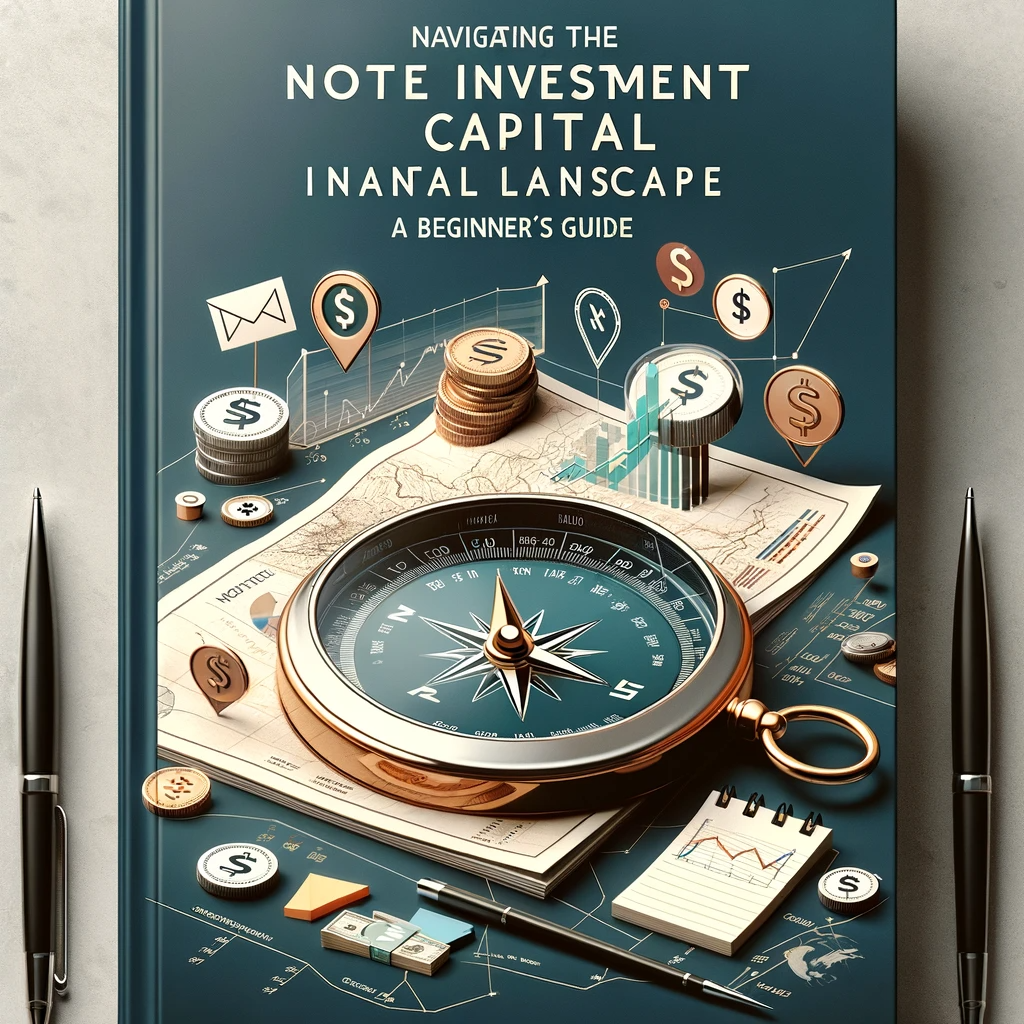Navigating the Note Investment Capital Landscape: A Beginner’s Guide
The investment world is vast and varied, offering numerous avenues for building wealth, one of which is note investment capital. Gaining traction among beginners due to its potential returns and manageable risk profile, note investment is becoming a sought-after strategy. This guide is designed to introduce novices to the world of note investment capital, presenting it as an accessible and promising avenue for those looking to diversify their investment portfolios.

Note Investment Capital for Beginners
Note investment capital refers to the funds used to purchase debt instruments, mainly mortgage notes. These notes are essentially agreements in which a borrower promises to pay back a loan, with interest, to the note holder. The appeal for beginners lies in the opportunity to earn passive income through interest payments or to profit from buying and selling notes. Unlike traditional stock market investments, note investing often offers more predictable returns and can be less volatile.
First Steps in Note Investment Capital
For beginners, the first steps in note investment capital involve understanding the basics of the real estate and lending markets. Start by researching different types of notes, such as performing and non-performing notes, and their respective risks and rewards. Networking with experienced investors and attending seminars or webinars can provide invaluable insights. Additionally, setting clear investment goals and determining your risk tolerance is crucial before delving into note purchasing.
Avoiding Common Mistakes in Note Investment
New investors should be aware of common pitfalls in note investment. These include inadequate due diligence, ignoring the importance of property valuation, and overlooking borrower creditworthiness. To avoid these errors, beginners should thoroughly research each note, consider employing professional services for property and borrower evaluation, and start with smaller, less risky investments to gain experience.
Building a Diverse Note Investment Portfolio
Diversification is key in managing risk in note investment. Beginners should aim to build a portfolio that includes a variety of notes, balancing performing and non-performing notes, and notes secured by different types of properties in diverse locations. This strategy helps mitigate the risk if one investment underperforms.
Resources and Tools for Note Investment Beginners
There are numerous resources and tools available to assist beginners in note investment. Online platforms and forums offer a wealth of information and opportunities to connect with other investors. Utilizing software tools for market analysis, risk assessment, and portfolio management can also enhance the investment process. Beginners should leverage these resources to make well-informed investment decisions.
Conclusion
Note investment capital offers a unique opportunity for beginners to enter the investment world. While it requires careful planning, research, and risk management, the potential to contribute to long-term financial goals is significant. By taking a strategic and educated approach to note investment, new investors can navigate this field successfully and achieve their financial objectives.